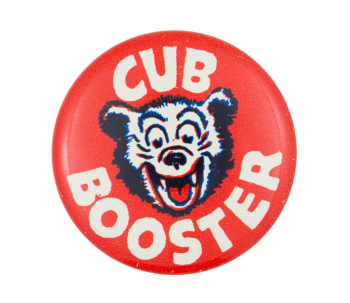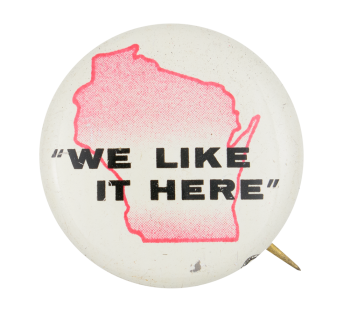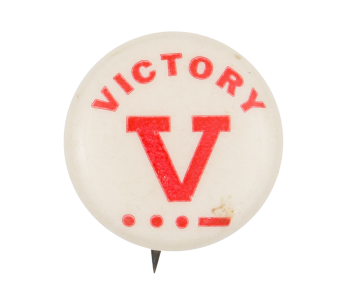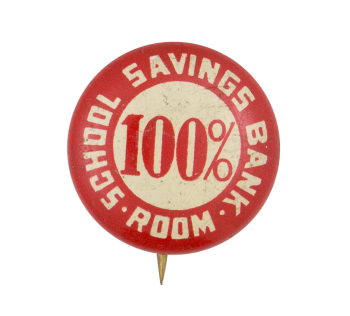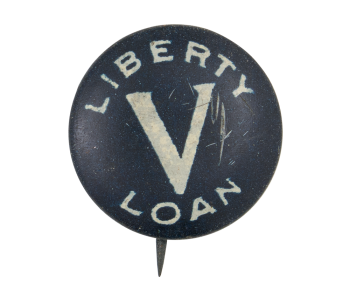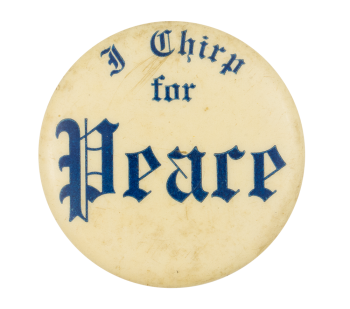Cub Booster
| Category | |
|---|---|
| Additional Images | |
| Sub Categories | |
| Text on Button | Cub Booster |
| Image Description | White text on red background with illustrated bear cub in center. |
| Back Style | |
| The Shape | |
| The Size | |
| Year / Decade Made | |
| Additional Information | The Chicago Cubs are a Major League Baseball (MLB) team. Founded in 1876 as the Chicago White Stockings, the team was renamed in 1903. The Cubs were a founding member of the National League, and now play in the National League Central Division. The team is affectionally known as “The Cubbies” or “North Siders” and play their home games at Chicago’s historic Wrigley Field. They have a loyal fan base and—regardless of decades of mixed success—are one of the most popular franchises in baseball. In 2016, the Chicago Cubs went on to break a 108-year losing streak curse with their first World Series championship since 1908. The official Cubs team mascot is a young bear cub named Clark. The button seen here is one of eight in a collectible series, possibly distributed in vending machines. Read more about the History of Cubs Buttons on the Busy Beaver blog. |
| Sources |
Levy, M. (2023, September 26). Chicago Cubs: American baseball team. Britannica. https://www.britannica.com/topic/Chicago-Cubs |
| Catalog ID | CH0220 |

